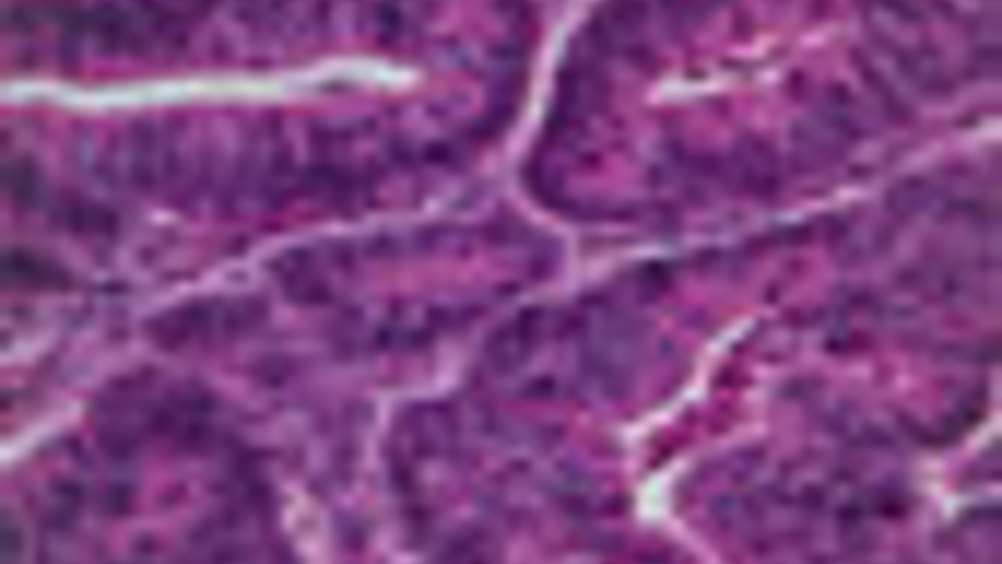Bubbles contain lung-cancer drugs

Lung-cancer patients could be treated by inhaling tiny drug-containing bubbles with a new technique being developed by two competing scientific teams from the
The inhalation treatment would replace intravenous injections of Cisplatin, a lung-cancer treatment drug usually administered in high doses.
The toxic drug poisons cells and causes side effects that severely debilitate patients as it travels around the blood stream.
Transave, a
While the concept behind their techniques is relatively the same, the materials used to make the bubbles differ. The Transave bubble is based on a lipid and the
Katharine Carter, a member of the
Register now to continue reading
Thanks for visiting The Engineer. You’ve now reached your monthly limit of news stories. Register for free to unlock unlimited access to all of our news coverage, as well as premium content including opinion, in-depth features and special reports.
Benefits of registering
-
In-depth insights and coverage of key emerging trends
-
Unrestricted access to special reports throughout the year
-
Daily technology news delivered straight to your inbox










UK Automotive Feeling The Pinch Of Skills Shortage
Not so much attracting skills to the UK but generating skills within the UK is what is needed! That statement suggest they are in effect wanting to...